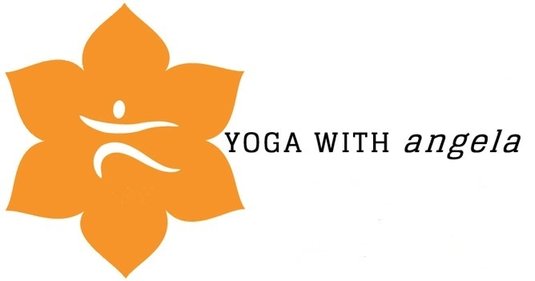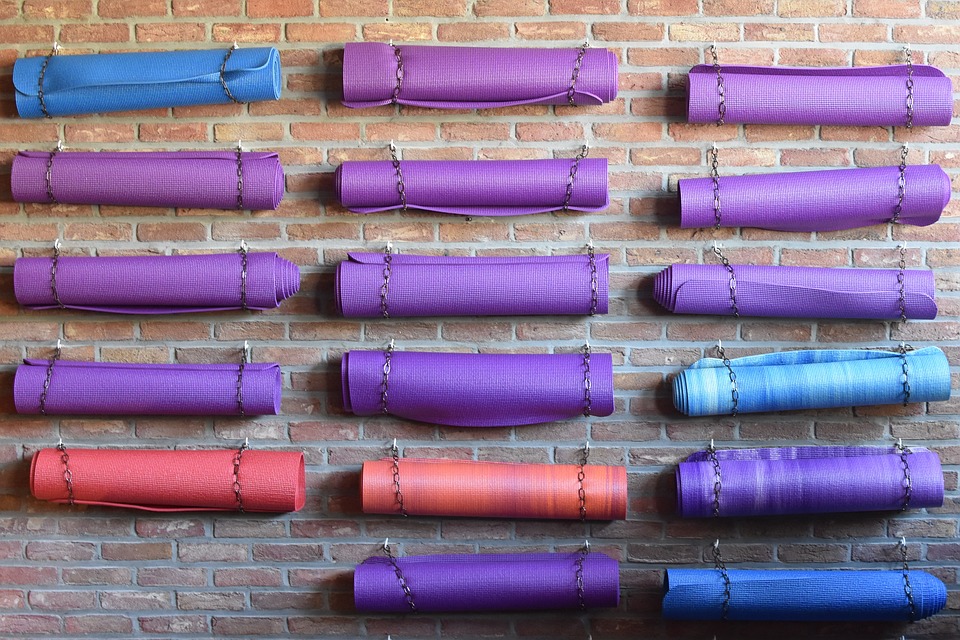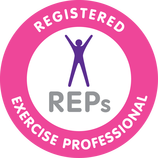I often get asked by friends and students which type of yoga I teach, what other forms of yoga there are and which style would be right for them. Most styles of yoga are based on the same basic yoga poses (asanas), but the way these poses are taught can vary greatly. I thought I would pick out the most popular types of yoga and give some basic information.
Hatha Yoga
I usually describe Hatha Yoga as an umbrella term. This is the kind of yoga that I teach. It includes most yoga styles. The main objective of Hatha Yoga is to create an absolute balance of the interacting activities and processes of the physical body, mind and energy. The systematic form of Hatha Yoga began to emerge in India in the 6th Century CE.
In a Hatha Yoga class you will practice asanas as a physical practice and pranayama (yoga breathing exercises), which help to calm the mind and the body in preparation for meditation. Hatha Yoga classes can vary greatly, but are usually suitable for all levels.
Vinyasa Flow
A Vinyasa Flow class can include many different styles of yoga. It is generally quite dynamic and strong, the asanas flow from one into the next and are usually quite strong and based around sun salutations. There is always an emphasis placed on the breath taking you through the practice. A Vinyasa Flow class is not generally aimed at complete beginners.
Ashtanga Yoga
Ashtanga is a system of yoga brought into the modern world by Sri K. Patthabi Jois. Some Ashtanga classes are led, but many follow the Mysore style. Mysore is a form of self practice. Most Mysore studios offer courses for beginners which teach the initial set of asanas from the First Series of poses — the Primary Series. Once students have mastered the initial asanas, they will be taught the next poses in the series one or two at a time and continue to practice the sets of asanas, always in the same order, until they complete each series. Ashtanga is typically fast paced and physically challenging. There are six series in total, although I have never managed to get beyond the first one!
Bikram Yoga
Bikram classes are always taught in the same way, no matter which yoga studio you attend. They consist of the same, copyrighted twenty-six postures and two breathing techniques, taught in the same order for ninety minutes. The studio is heated to 40.6 degrees Celsius with a humidity of 40%.
You cannot help but sweat a lot in a Bikram class! The classes are physically and mentally challenging. Founded by Bikram Choudhury, this form of yoga is supposed to detoxify the body, help with weight loss and the heat allows you to move deeply into the poses.
Iyengar
Iyengar Yoga, named after and developed by B.K.S. Iyengar, places its emphasis on detail, precision and alignment. This form of yoga focuses on the use of props to enable participants of all abilities to practice the classic yoga poses more easily and effectively. In a typical Iyengar class, poses are held for longer than in other schools of yoga in an effort to pay closer attention to the precise muscular skeletal alignment within each asana.
B.K.S. Iyengar — 14th December 1918 to 20th August 2014 — "I always tell people, live happily and die majestically."
Yin Yoga
Most forms of yoga today are dynamic, active practices designed to work with the muscular half, the "yang" tissues. Yin Yoga allows you to work the other half, the deeper "yin" tissues of our ligaments, joints, deep fascial networks and even the bones. A Yin yoga class is a slow-paced style of yoga. Poses, usually seated or lying, are held for at least five minutes. Usually using props, the time spent in the poses can be challenging. The purpose is to apply moderate stress to the connective tissue, with the aim of increasing circulation in the joints and improving flexibility.
Anything take your fancy?
Hatha Yoga
I usually describe Hatha Yoga as an umbrella term. This is the kind of yoga that I teach. It includes most yoga styles. The main objective of Hatha Yoga is to create an absolute balance of the interacting activities and processes of the physical body, mind and energy. The systematic form of Hatha Yoga began to emerge in India in the 6th Century CE.
In a Hatha Yoga class you will practice asanas as a physical practice and pranayama (yoga breathing exercises), which help to calm the mind and the body in preparation for meditation. Hatha Yoga classes can vary greatly, but are usually suitable for all levels.
Vinyasa Flow
A Vinyasa Flow class can include many different styles of yoga. It is generally quite dynamic and strong, the asanas flow from one into the next and are usually quite strong and based around sun salutations. There is always an emphasis placed on the breath taking you through the practice. A Vinyasa Flow class is not generally aimed at complete beginners.
Ashtanga Yoga
Ashtanga is a system of yoga brought into the modern world by Sri K. Patthabi Jois. Some Ashtanga classes are led, but many follow the Mysore style. Mysore is a form of self practice. Most Mysore studios offer courses for beginners which teach the initial set of asanas from the First Series of poses — the Primary Series. Once students have mastered the initial asanas, they will be taught the next poses in the series one or two at a time and continue to practice the sets of asanas, always in the same order, until they complete each series. Ashtanga is typically fast paced and physically challenging. There are six series in total, although I have never managed to get beyond the first one!
Bikram Yoga
Bikram classes are always taught in the same way, no matter which yoga studio you attend. They consist of the same, copyrighted twenty-six postures and two breathing techniques, taught in the same order for ninety minutes. The studio is heated to 40.6 degrees Celsius with a humidity of 40%.
You cannot help but sweat a lot in a Bikram class! The classes are physically and mentally challenging. Founded by Bikram Choudhury, this form of yoga is supposed to detoxify the body, help with weight loss and the heat allows you to move deeply into the poses.
Iyengar
Iyengar Yoga, named after and developed by B.K.S. Iyengar, places its emphasis on detail, precision and alignment. This form of yoga focuses on the use of props to enable participants of all abilities to practice the classic yoga poses more easily and effectively. In a typical Iyengar class, poses are held for longer than in other schools of yoga in an effort to pay closer attention to the precise muscular skeletal alignment within each asana.
B.K.S. Iyengar — 14th December 1918 to 20th August 2014 — "I always tell people, live happily and die majestically."
Yin Yoga
Most forms of yoga today are dynamic, active practices designed to work with the muscular half, the "yang" tissues. Yin Yoga allows you to work the other half, the deeper "yin" tissues of our ligaments, joints, deep fascial networks and even the bones. A Yin yoga class is a slow-paced style of yoga. Poses, usually seated or lying, are held for at least five minutes. Usually using props, the time spent in the poses can be challenging. The purpose is to apply moderate stress to the connective tissue, with the aim of increasing circulation in the joints and improving flexibility.
Anything take your fancy?


 RSS Feed
RSS Feed
